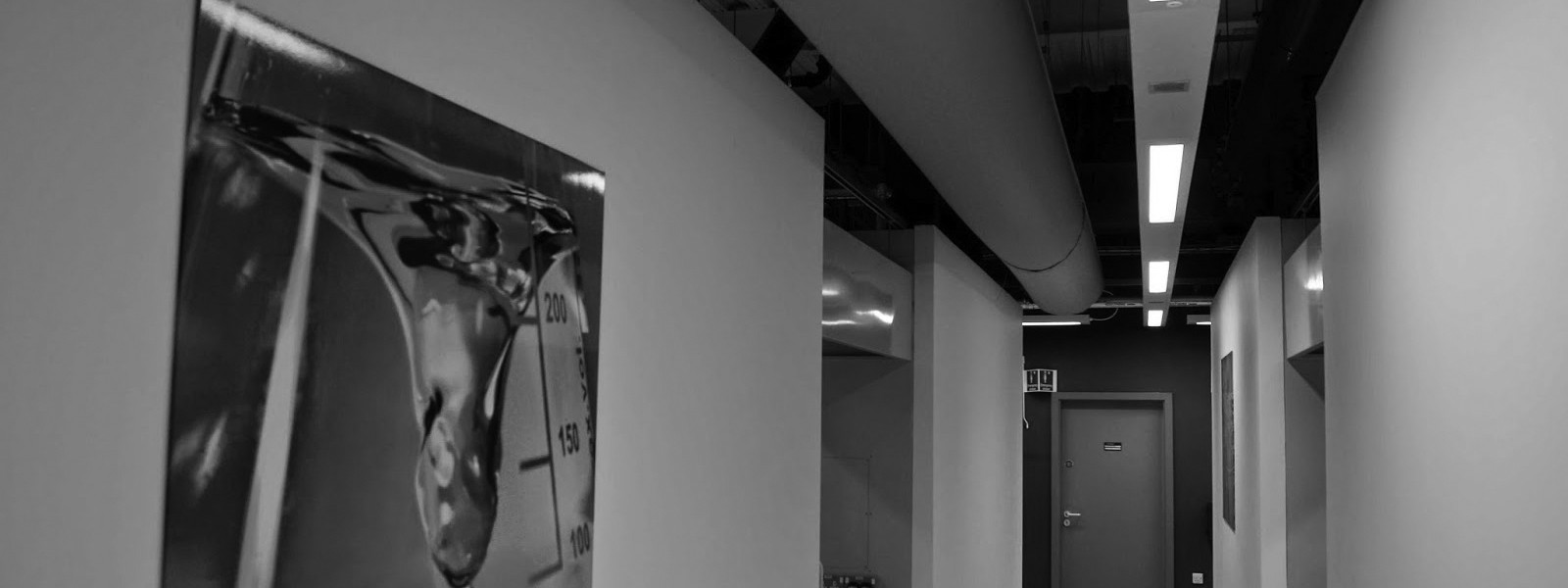
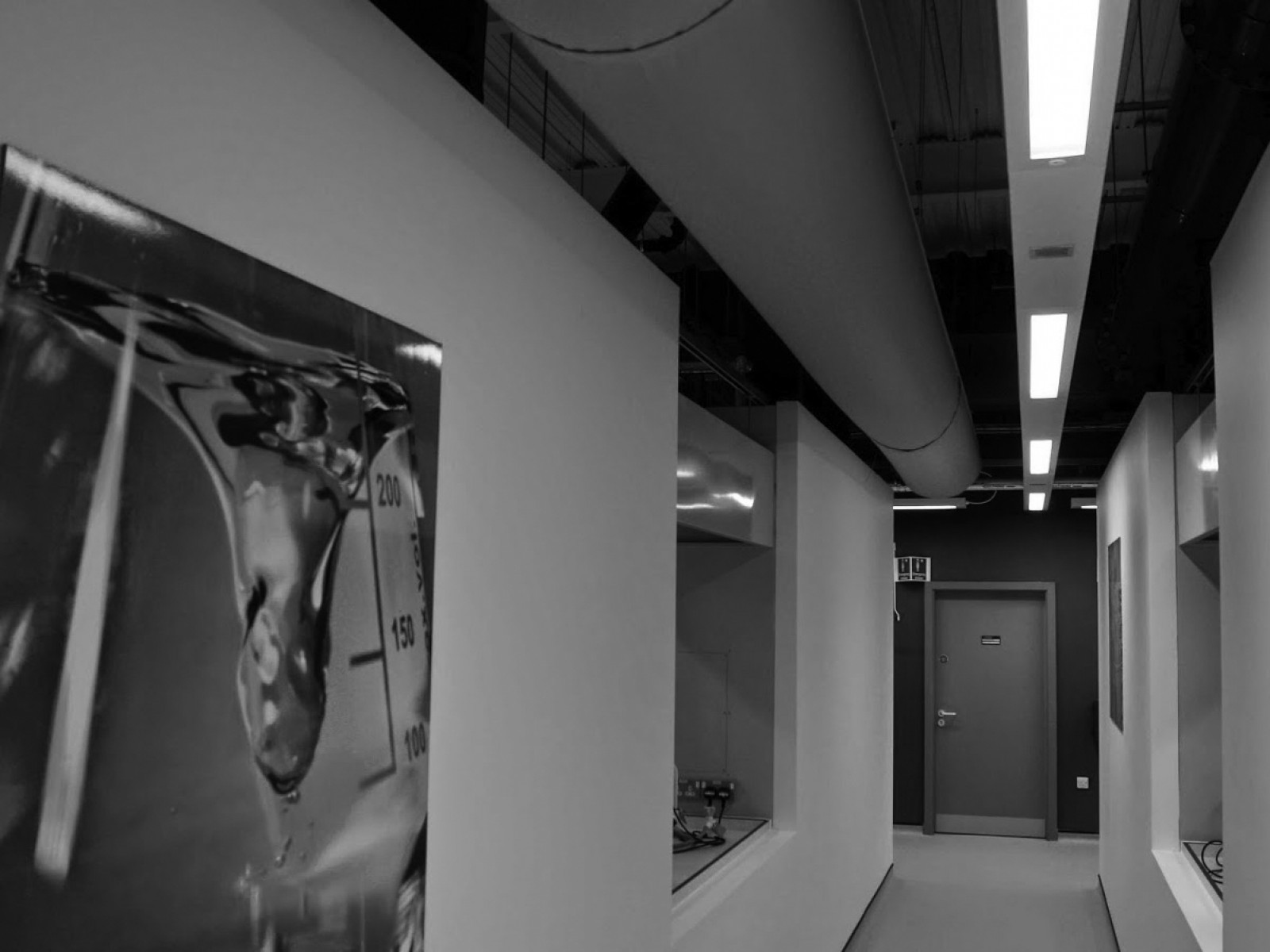
Positive Pressure Only
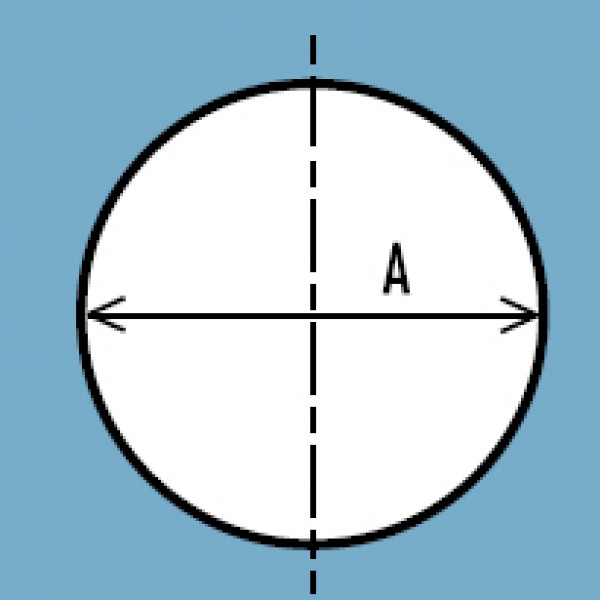
Round
Round is the default shape for a Fabric Duct it is the most natural & efficient shape for the duct to form and it's also the easiest to install. We have several different circular duct options for round ducts as they can reduce in diameter and even change shape part way along if required. We also have different suspension options depending upon how the duct should look if/when deflated.

Half Round
Half Round is an extremely popular shape and offers a very aesthetic option for offices or areas requiring a considered finish. Also ideal where there are low ceiling heights or often used where Variable Air Volume (VAV) systems are supplying the air as the duct can cope with a big reduction in pressure without it affecting the shape (a round duct would require internal rings).
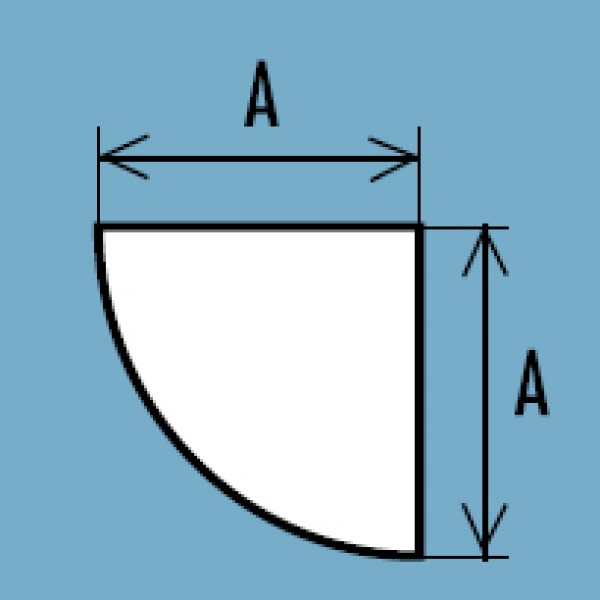
Quarter Round
Quarter Round Fabric Duct requires a wall / ceiling junction (or a bulkhead). This duct is most often specified in offices and areas struggling for space. We can place the inlet spigot in the top or back of the duct so that there is no visible inlet connection making the whole installation very neat and aesthetic.
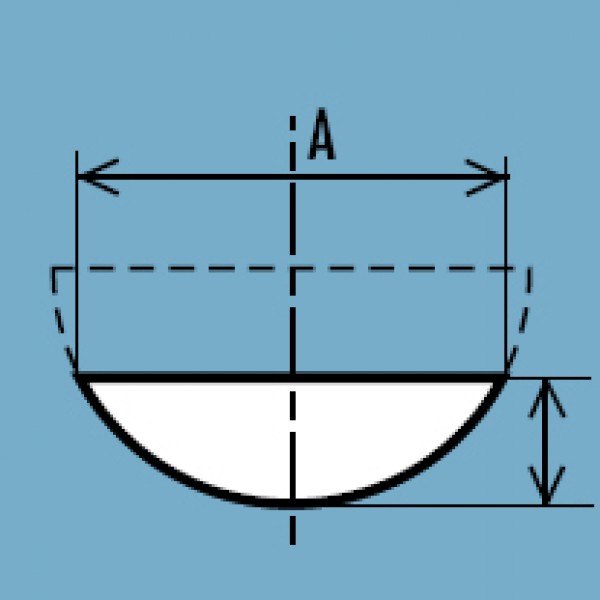
Ellipse (Segment)
An Ellipse duct is made when ceiling height is at a premium. The air volume and the available height will determine the width of the ellipse. Usually the inlet spigot will be in the top of the duct so that it's not visible once installed.
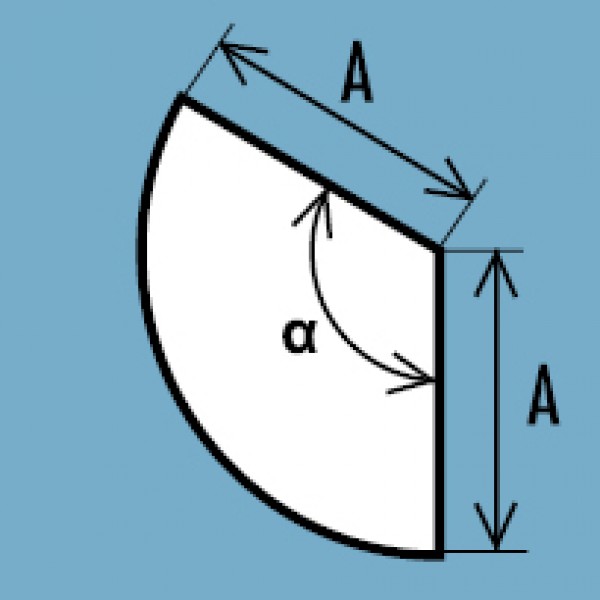
Sector
Sector Fabric Ducting tends to be used in special situations where the angles of the supporting surfaces are not 90o - In all other ways this duct is in principle a Quarter Round.
Over Pressure and Negative Pressure
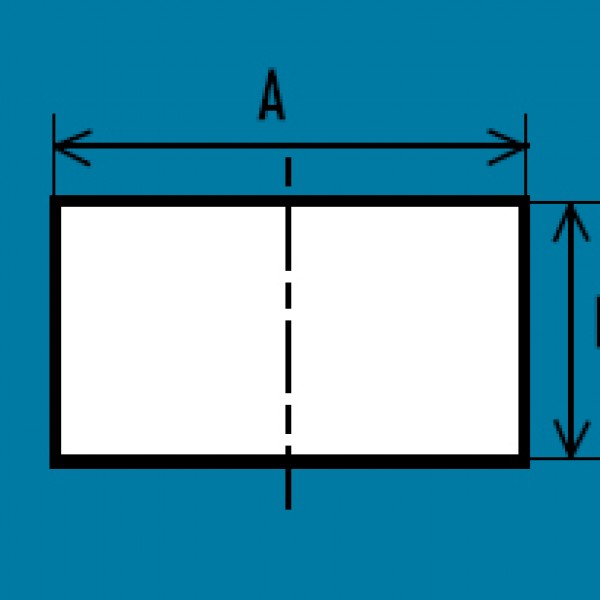
Square
It is possible to have either square ducting or rectangular ducting. We use square ducting exclusively when we specify Extract (or negative pressure) ducting. In both overpressure and negative pressure the square duct is held in shape by a rail at each corner and a system of braces and threaded bar.
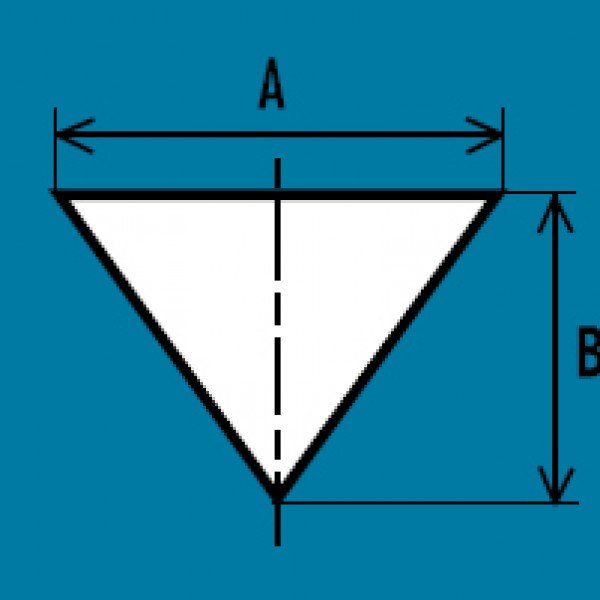
Triangular
Triangular duct is used for extract (negative pressure) ducting and consists of two rails at the top of the duct and an internal heavy rail at the bottom point to maintain tension.
This is much simpler to install than the rectangular alternative but will show bowing sides walls (inwards) with the negative pressure effect.
